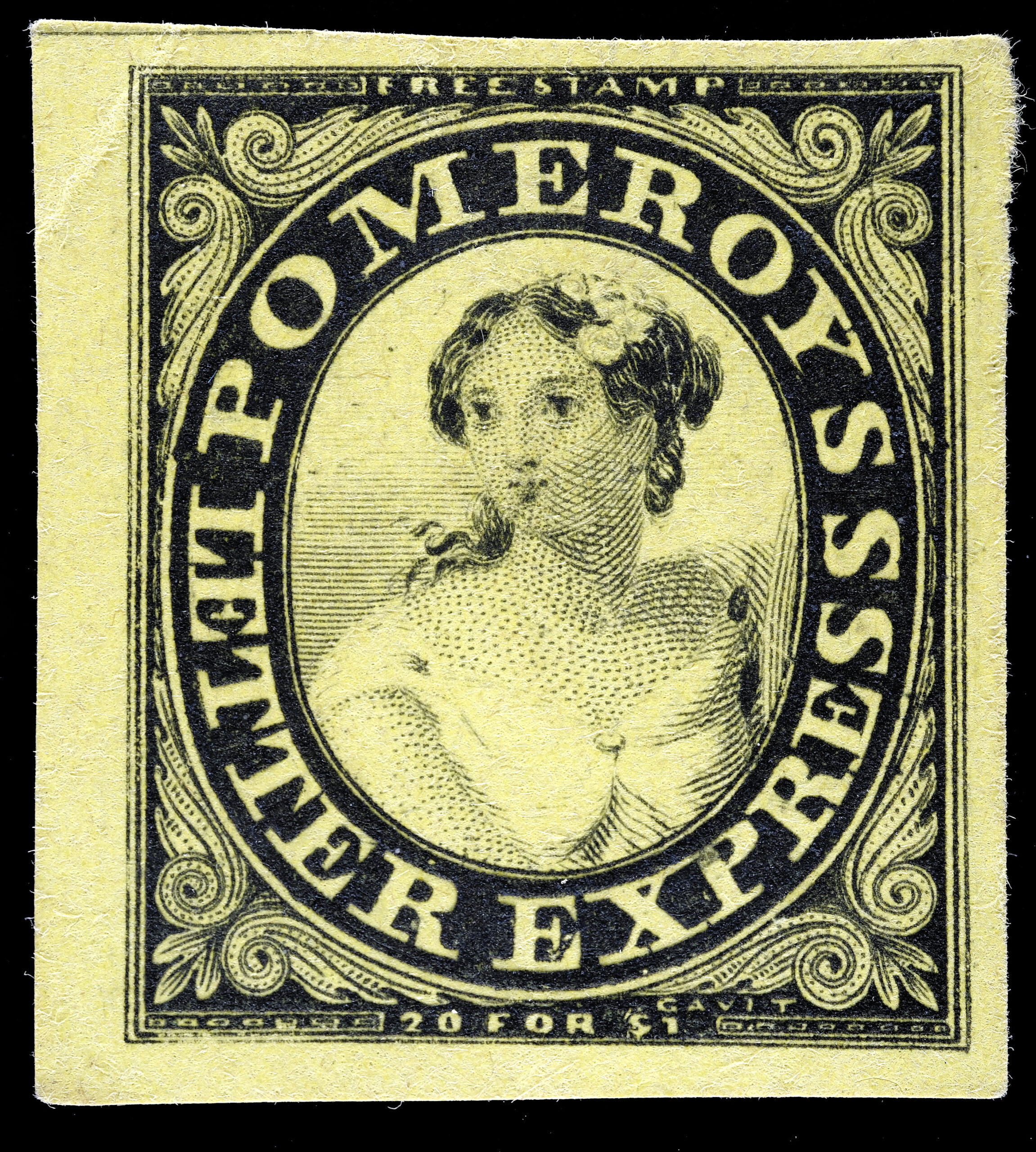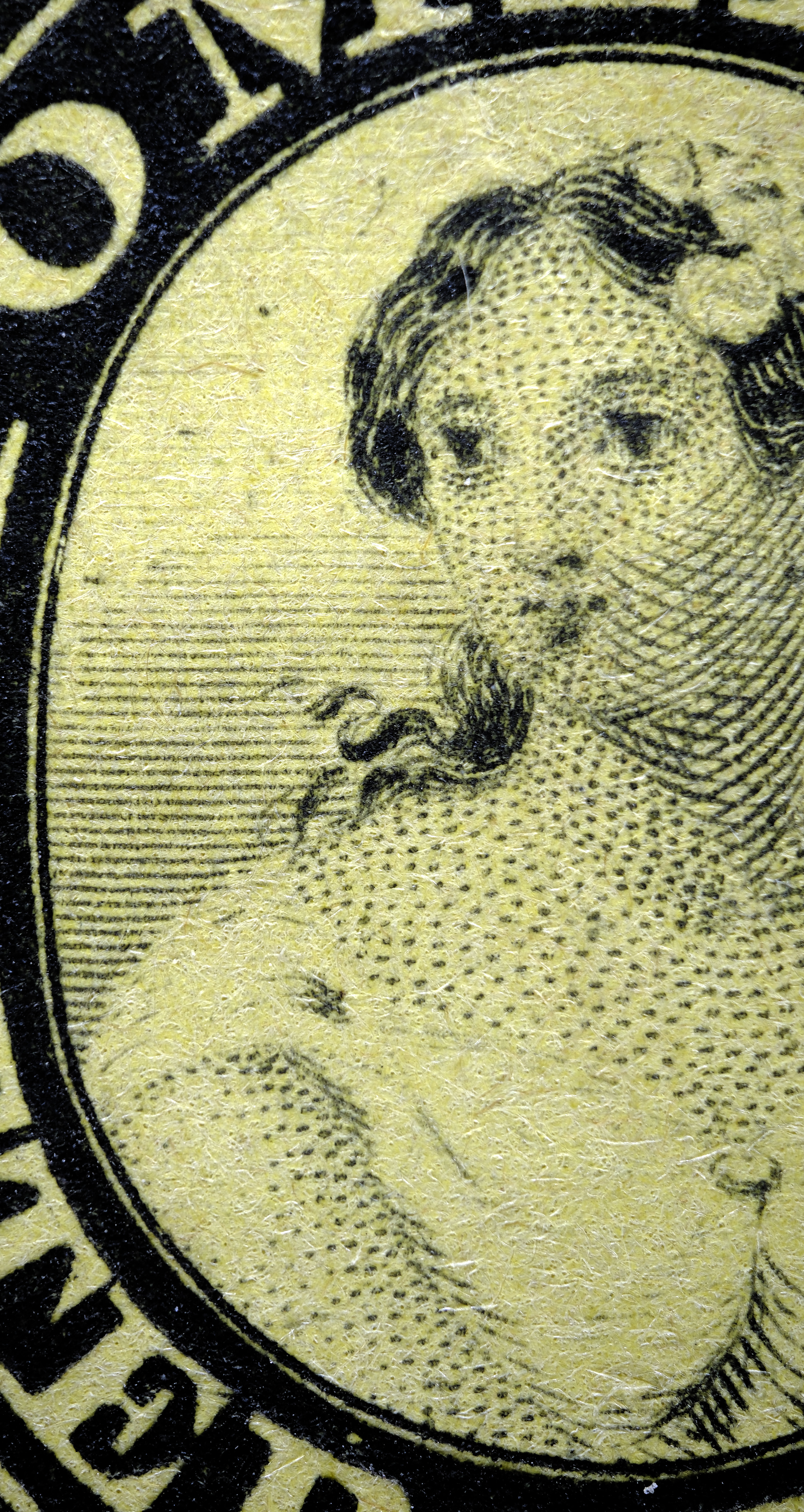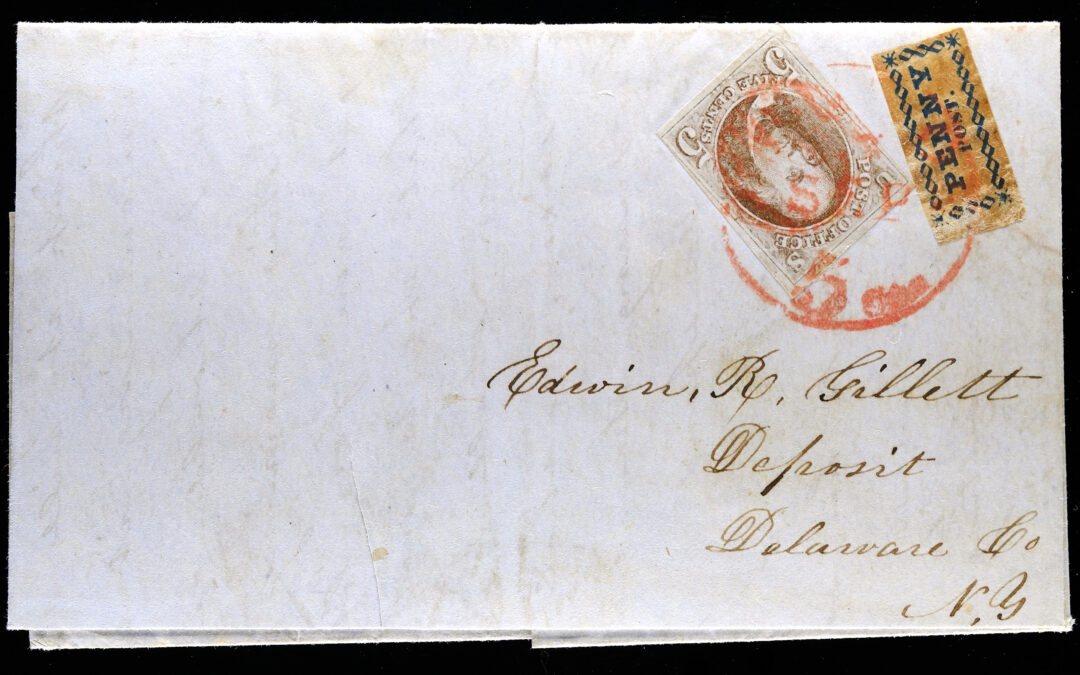A Groundbreaking Inaugural Auction
We are delighted to share the incredible success of our inaugural Winter 2025 live auction, held January 3–5, 2025. This auction was the culmination of years of dedication to developing a cutting-edge auction platform, guided by our vision to set a new standard in philatelic auctions. In the weeks since, we’ve been humbled by the overwhelmingly positive feedback from collectors around the world. Hearing that our participants enjoyed a seamless and enriching auction experience—complete with high-quality visuals, meticulously detailed descriptions, and a wealth of historical context—has been deeply rewarding for our team.
Bidders to Auctioneers, Our Journey
Over the last several years, we have worked diligently to develop an auction platform that was designed by collectors, for collectors.
As perspective bidders, understanding what exactly is being offered, in both quality and quantity, is essential to feeling confident when making a purchase. However, we have often found that many auction houses only provide basic descriptions accompanied by low-quality photos, and in some cases, there are no descriptions or images at all.
This traditional model caters to those individuals who have the ability, time, and convenience to view lots in person; however, it excludes those who cannot preview the lots in-person, or those who desire the convenience of browsing auction catalogs online. Being on the West Coast ourselves, we have spent countless hours traveling across the country to preview auction lots in person. Sometimes, we have attempted to bid blindly, only to discover that the lots were significantly different from how they were represented in the print or online catalogs.
We quickly recognized the utility that high-resolution imagery could provide us. If we were able to see high-resolution images of a stamp, the front and back of a cover, postmarks, close-up details, and all the contents, we could be both better informed and more confident in our bids. So, we did just that.
We spent years learning how to capture high-resolution imagery and perfecting our craft. The imagery we have captured over the years for our own personal collection has allowed us to see details of items not perceivable to the naked eye. These images have helped us in identifying plate positions, varieties, and forgeries. And more importantly, the images we have captured have allowed us to preserve philatelic heritage, even when the items have changed possession.
With this in mind, each of our 830+ lots presented in Our Winter 2025 sale included industry-leading high-resolution images, enabling bidders to examine every detail, from stamps and covers to accompanying items. These images will remain hosted on our site so future collectors can inspect and review for their research purposes.
Beyond high-quality imagery, we began to observe that many auction houses reserve detailed historical annotations, provenance, and other significant details for only the highest value items, leaving other items with bare descriptions. Typical catalog descriptions tend to merely list the facts of an item without making a connection to its historical context or philatelic significance. We believe that every item has a story and fits into a larger context.
For this reason, it was important to us that each lot in our Winter 2025 have descriptions and supplemental info that were crafted with intention. Hundreds of our lots in the sale included links to online philatelic references, exhibits or certifications. We also made sure to include provenance, census data, and other historical resources whenever available, transforming the auction into both an educational and engaging experience. Our goal has always been to freely share our research, knowledge and insights with all who might view our auctions online.
The Live Auction Experience
Our CEO, Angelo, served as the auctioneer for the Winter 2025 sale, guiding participants through each lot with insightful and engaging commentary. He highlighted key aspects of each item, including philatelic significance, provenance, and connections to valuable resources such as exhibits and society references. This interactive approach made the auction both informative and captivating for participants. We were thrilled to hear from our network that many participants joined the live auction not only to bid, but also to listen and learn from the information discussed throughout the sale.
During the live auction, Angelo emphasized the inclusion of high-resolution imagery for every lot, even those with low monetary values. A standout example was Lot 4095, an unused Pomeroy’s Letter Express, 117L2c, 5c Black on Yellow, which sold for just $10. Our commitment extends to all lots, regardless of their monetary value; we believe that every item, whether high-priced or modestly valued, deserves the same level of detail and attention. The detailed imagery provided for this lot allowed collectors to examine the fibers of the paper, a feature which could support future philatelic studies.


Promoting Society Resources and Provenance
Throughout the sale, Angelo also showcased valuable philatelic resources. He highlighted extensive censuses, such as those curated by Vern Morris for Blood’s issues, which added depth and context to the lots. For example, for Lot 6015, identified as #34 in the 15L5 Census (D. O. Blood & Co., 1845, 2c Black, 15L5, on Folded Letter with Black on Yellow Blood’s Advertising Label), the lot’s census ID and link were provided, allowing bidders to understand the greater context and rarity of the item. Other resources from societies such as the US Philatelic Classics Society, Carriers and Locals Society, Western Express Society, and the Civil War Philatelic Society were shared. Links to Philatelic Exhibits included on these society pages, or from Richard Frajola’s exhibit database, were also shared.
A Highlight of the Auction
One of the most exciting offerings was Lot 4019, a Boston Penny Post, 3LB1 1c Blue, paired with an 1847 #1 5c Brown on cover. Opening at $1,200, this remarkable item sold for $3,600. Angelo noted its inclusion in the Museum of Philately’s exhibit, “UNITED STATES: Classic Covers 1847 to 1857,” curated by Joseph D. Hackmey. Watch the live clip below!
Our Next Auctions
We are currently preparing our next series of auctions, with a goal to host multiple auctions a year. We are currently working closely with our consignors to curate our next auction, which is set to be live in June this year. We are committed to showcasing each consigned lot with intention, ensuring that the story each consignor wishes to share is captured and carefully presented.
If you wish to be notified of our upcoming news and auctions, please be sure to join our mailing list!
Come Meet Us
We will be attending the San Diego Stamp Show February 21-23, and we would be delighted to meet you! We will also be at many of the other larger stamp shows across the country this year and are always welcome the time to connect. You can check out our Show Schedule page to see where we will be next.
Thank you!
Your enthusiasm and trust inspire us as we continue our mission to reshape the philatelic auction experience! If you have any feedback or suggestions to improve the auction experience, we would love to hear from you.
-Americana Stamps

Recent Comments